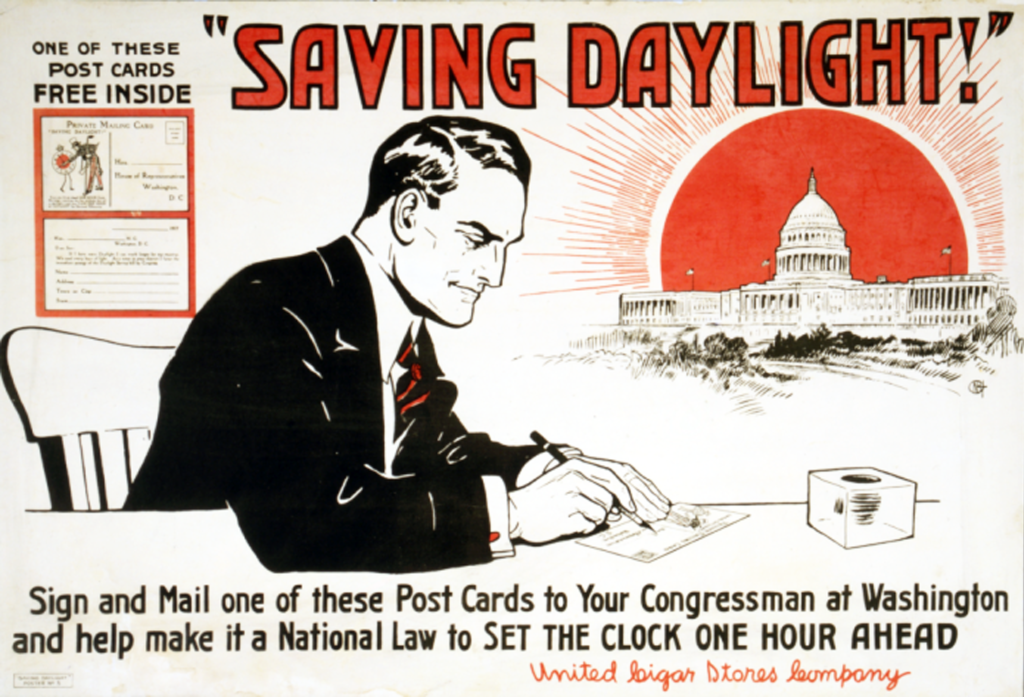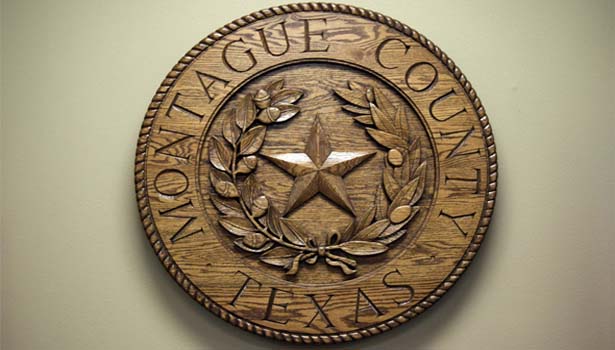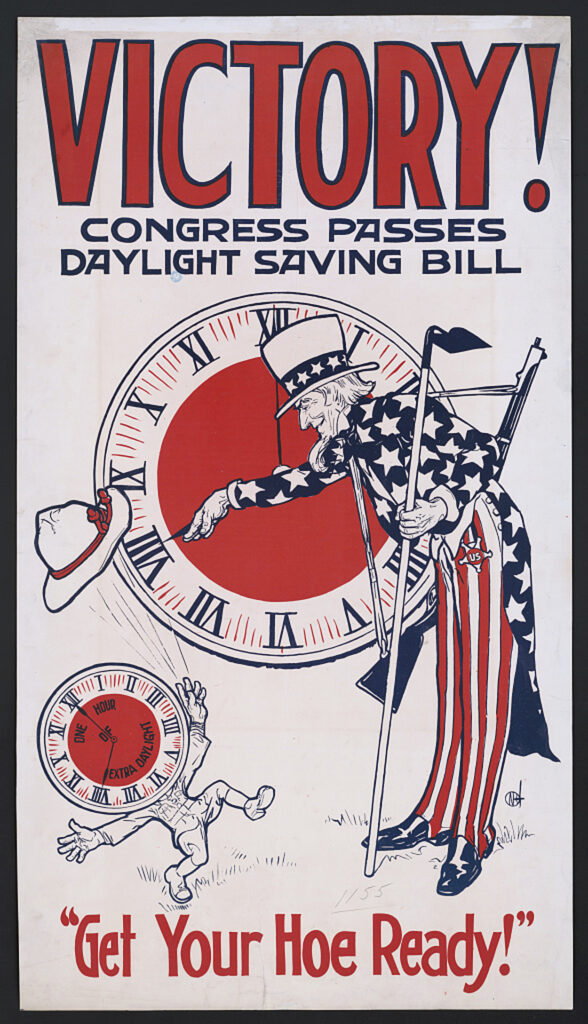COUNTY LIFE
Daylight Saving Time begins Sunday

Daylight Saving Time – You either love it hate it.
No matter it comes on March 13 as we spring forward one hour. Despite more than 50 years of nearly uniform observance since 1966, 29 states have introduced legislation between 2015 and 2019 to abolish the twice-yearly changing of the clocks. At the end of 2021 a total of 33 states have proposed bills to stop switching time.
Some states want Daylight Saving Time all year, want it eliminated all together, while others have different stipulations; however, the authority to change lies with the Department of Transportation, a power it has held since its foundation in 1966.
DST was first introduced in England, but it came to America in spring 1917 after President Woodrow Wilson declared war. Suddenly energy conservation was of major importance and many efforts were launched to enlist public support for changing the clocks. The National Daylight Saving Convention group distributed postcards showing Uncle Sam holding a garden hoe and rifle, turning back the hands of a huge pocket watch. Voters were asked to sign and mail their congressman postcards declaring, “If I have more daylight, I can work longer for my country. We need every hour of light.”
Congress declared the time change on March 31, 1918.
Many have wrongly pointed to farmers as the driving for DST, but they were in fact some of the strongest opponents and resisted it from the beginning. After the war opposition arose and the time change lasted only until 1920 when the law was repealed.
The subject did not come up again until after the attack on Pearl Harbor on Dec. 7, 1941 and America was once more at war. After the war it was used on and off in different states. To remedy the confusion Congress passed the Uniform Time Act in 1966, establishing consistent use of Daylight Saving Time within the U.S. In 1986 the DST was expanded with a goal to conserve oil used to generate electricity. The current policy was established with the Energy Policy Act of 2005 that went into effect in 2007.

COUNTY LIFE
Storms causing major damage to city streets

Spring storms have been creating dangerous conditions for the past two weeks, and Mother Nature continues to douse North Texas with rain this week.
For January through April the City of Bowie water plant staff recorded 14.56 inches of rain, including a whopping 11.76 inches in April alone. For the first six days of May the rain has totaled 1.55 inches.
Nocona received a bit more rain for this period, a total of 19.28 inches according to Texas Mesonet. In April it recorded 9.89 inches and in March 3.25 inches. For the first six days of May 4.36 inches was recorded.
Lake Amon G. Carter is still more than 100% full and threatening to go
over the emergency spillway when it reaches 927 msl. The lake is considered full at 920 msl and as of May 6 it was 924.47 msl.
Last week, the city sent out flood warnings for those downstream in the path of water that could flow out of the lake across this spillway. One month ago the lake was full at 920.06
City Emergency Management Coordinator Kirk Higgins said Monday as of now no water has come out of the spillway, but he does not expect that to continue if the rain does not stop. The lake continues to be closed due to flooding.
Lake Nocona was at 828.44 msl on May 6 and is considered full at 827.5 msl. Just one month ago the lake was 88.4% full at 825.60 msl. Its boat ramps were closed briefly last week due to flooding, but have since reopened.
Last week’s heavy rainfall continues to plague city streets and low-lying areas. While not unexpected the creek that flows in the Nelson Street area east toward Pillar was raging full of storm water last week topping the creek bed going into the streets and under nearby houses.
Public Works Director Stony Lowrance said a section of Rock near Pillar has been closed, although Pillar remains open. A section of the curb and road on the creekside has broken away and fallen into the ditch creating hazardous road conditions. A small part of the street had been coned off as a small section had caved in last month.
Lowrance said they are keeping a close eye on this area as rains continue, noting this is not an unexpected problem as the Rock and Pillar Street has been debated in the city council as being the next major capital project for the city. Nearby Nelson Street drainage was completed in late 2024 and while it alleviated flooding issues in that area, it also is sending more water down to an intersection where the culverts are in the same deteriorated and eroded conditions as those were under Nelson Street that were replaced.
Top photo: A section of the curb and street near Pillar and Rock has collapsed into the creek bed following last week’s rains. (Photo by Rosie Cole)
COUNTY LIFE
Chisholm Trail Rodeo gears up for 73rd year

Nocona is saddling up for the 73rd annual Chisholm Trail Rodeo May 9-10 at the rodeo grounds in Nocona.
The rodeo will be nightly at 7:30 p.m. with a parade on Saturday at 3 p.m. Rodeo gates open at 6 p.m. Tickets are $12 in advance.
Along with the traditional rodeo events including bareback riding, saddle bronc, ranch bronc, bulls, ladies barrels, tie-down roping, ladies breakaway roping, steer wrestlers and team roping, there will be a calf scramble nightly for ages 8 and under and 9-12. Winners receive buckles. Friday night there will be an FFA calf scramble benefiting participating FFA chapters.
Mutton bustin’ will be conducted for those age eight and under at 7 p.m. nightly. The top five are back to performance. Enter onsite by 6:30 p.m. each night. Entry fee is $20 with buckles to the winners.
Read the full story and meet the rodeo queen and princess candidates in the Thursday Bowie News.
COUNTY LIFE
Commissioner’s to meet May 12

The Montague County Commissioner’s Court will meet at 9 a.m. on May 12.
A brief agenda of business awaits the court in its regular session.
The court will consider approving the Law Enforcement Support Office application.
Consider applying to the Texas Commission on Environmental Quality for a scrap tire facility permit.
Discuss precinct one removing excess dirt and debris from bar ditches and giving it to Gary Brewer, Rickey Joyce and David Steadham.
-

 NEWS2 years ago
NEWS2 years ago2 hurt, 1 jailed after shooting incident north of Nocona
-

 NEWS2 years ago
NEWS2 years agoSuspect indicted, jailed in Tia Hutson murder
-

 NEWS2 years ago
NEWS2 years agoSO investigating possible murder/suicide
-

 NEWS2 years ago
NEWS2 years agoWreck takes the life of BHS teen, 16
-

 NEWS2 years ago
NEWS2 years agoMurder unsolved – 1 year later Tia Hutson’s family angry, frustrated with no arrest
-

 NEWS2 years ago
NEWS2 years agoSheriff’s office called out to infant’s death
-

 NEWS2 years ago
NEWS2 years agoBowie Police face three-hour standoff after possible domestic fight
-

 NEWS2 years ago
NEWS2 years agoDriver stopped by a man running into the street, robbed at knifepoint







